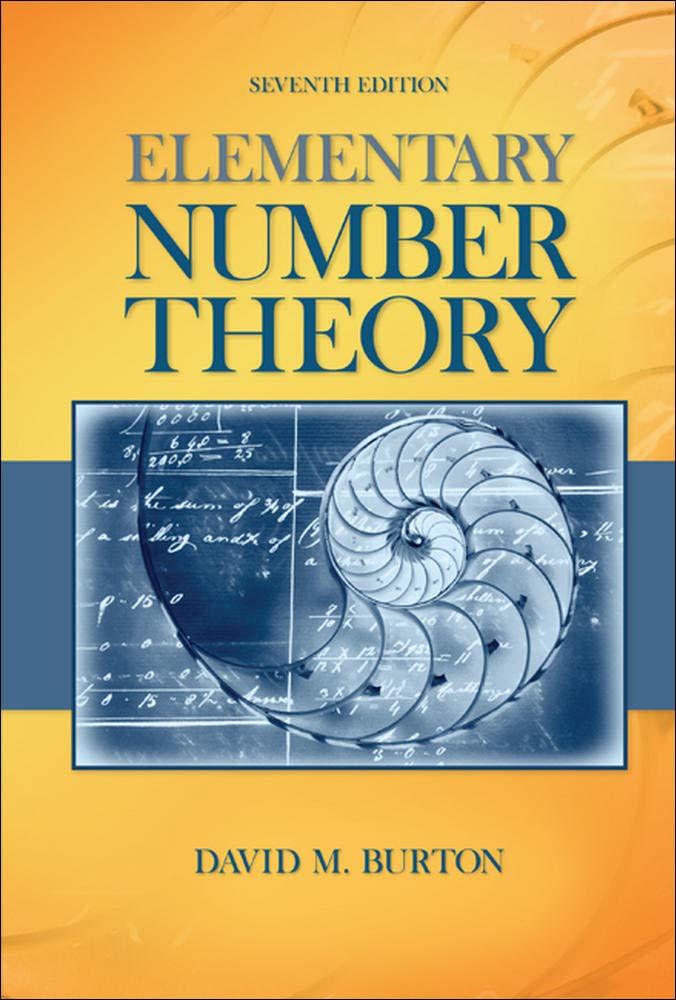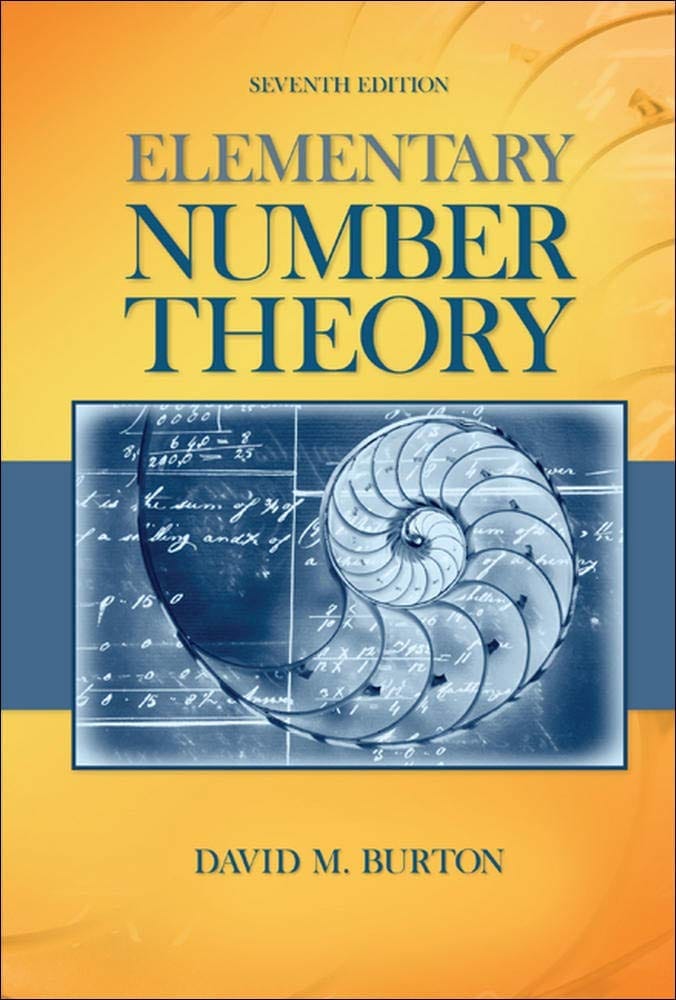
Elementary Number Theory Problems 3.2 Solution (David M. Burton's 7th Edition) - Q10
My Solution for "Let $q_{n}$ be the smallest prime that is strictly greater than $P_{n} = p_{1}p_{2} \cdots p_{n} + 1$. It has been conjectured that the difference $q_{n} - (p_{1}p_{2} \cdots p_{n})$ is always a prime. Confirm this for the first five values of $n$."
Table of Contents
Background
All theorems, corollaries, and definitions listed in the book's order:

I will only use theorems or facts that are proved before this question. So you will not see that I quote theorems or facts from the later chapters.
Question
Let $q_{n}$ be the smallest prime that is strictly greater than $P_{n} = p_{1}p_{2} \cdots p_{n} + 1$. It has been conjectured that the difference $q_{n} - (p_{1}p_{2} \cdots p_{n})$ is always a prime. Confirm this for the first five values of $n$.
Solution
Let $a_{n} = p_{1}p_{2} \cdots p_{n}$.
When $n = 1$, $P_{1} = 2 + 1 = 3$, $q_{1} = 5$, $q_{1} - a_{1} = 5 - 2 = 3$.
When $n = 2$, $P_{2} = 2 \times 3 + 1 = 6 + 1 = 7$, $q_{2} = 11$, $q_{2} - a_{2} = 11 - 6 = 5$.
When $n = 3$, $P_{3} = 2 \times 3 \times 5 = 30 + 1 = 31$, $q_{3} = 37$, $q_{3} - a_{3} = 37 - 30 = 7$.
When $n = 4$, $P_{4} = 2 \times 3 \times 5 \times 7 + 1 = 210 + 1 = 211$, $q_{4} = 223$, $q_{4} - a_{4} = 223 - 210 = 13$.
When $n = 5$, $P_{5} = 2 \times 3 \times 5 \times 7 \times 11 + 1 = 2310 + 1 = 2311$, $q_{5} = 2333$, $q_{5} - a_{5} = 2333 - 2310 = 23$.
$3$, $5$, $7$, $13$ and $23$ are all primes.
Read More: All My Solutions for This Book
Related Pages
Ranblog Newsletter
Join the newsletter to receive the latest updates in your inbox.


